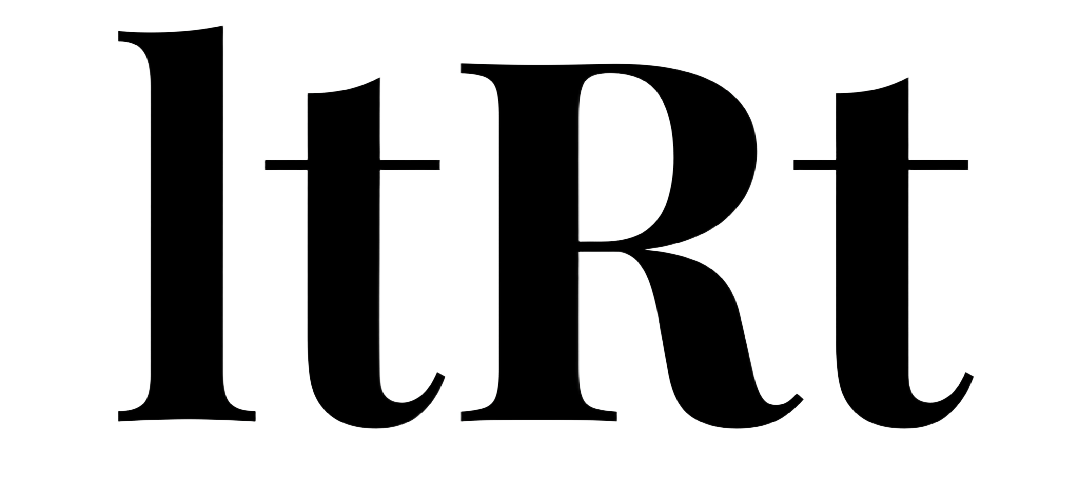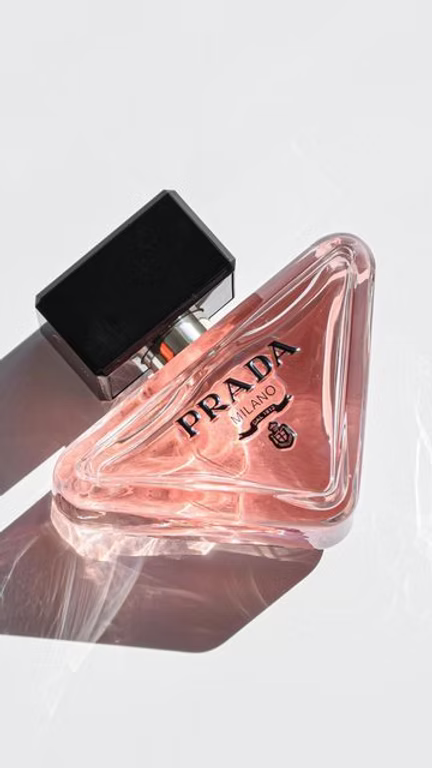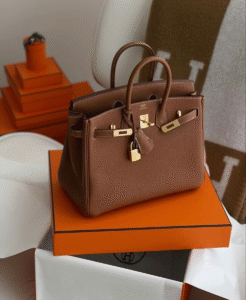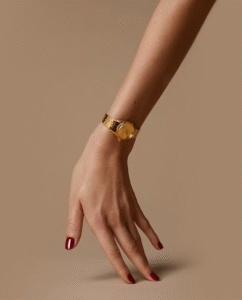SYNOPSIS: PRADA VS. RADA TRADEMARK DISPUTE

PRADA, one of the most known luxury brands in the world, recently received a win for itself over a legal battle that captured the attention of the fashion and intellectual property world. On 26 July 2023, the General Court delivered a judgment confirming the likelihood of confusion between ‘RADA’ and ‘PRADA’. The case involved an appeal brought by ‘Rada Perfumery SRL,’ hereinafter referred to as the ‘applicant,’ against the European Union Intellectual Property Office’s (EUIPO) decision to reject the registration of its denominative trademark ‘Rada.’ The basis for the rejection was the likelihood of confusion with the earlier marks owned by the renowned Italian luxury brand, Prada.
Prada Opposes Rada’s Trademark Application
On January 22, 2020, the applicant submitted an EU trademark application with EUIPO for the figurative sign ‘RADA perfumes,’ intending to use it for goods and services in classes 3 and 35 of the Nice Classification.
· Class 3: ‘Cosmetics and cosmetic preparations; Perfume oils for the manufacture of cosmetic preparations; Perfume; Oils for perfumes and scents; Natural essential oils; Blended essential oils; Body deodorants [perfumery]; Synthetic perfumery; Perfumery’.
· Class 35: ‘Advertising services relating to perfumery; Marketing research in the fields of cosmetics, perfumery and beauty products; Preparing promotional and merchandising material for others; Providing consumer product advice relating to cosmetics; Online retail services relating to cosmetics; Mail order retail services for cosmetics; Wholesale services in relation to fragrance preparations.’
Prada SA, a prominent player in the fashion industry, filed an opposition to the registration of the ‘RADA’ mark. Prada’s opposition was grounded in three earlier European Union trademarks:
· ‘PRADA’ (EU figurative mark No 11918331 for goods in Class 3),
· ‘PRADA’ (EU figurative mark No 12443362 for services in Class 35), and
· ‘PRADA Milano’ (EU figurative mark No 13400635 for goods in Class 3).
The grounds for opposition included those set out in Article 8(1)(b) and Article 8(5) of the European Union Trademark Regulation (EUTMR). On August 4, 2021, the Opposition Division upheld the opposition partially under Article 8(1)(b) for goods in Class 3 and some in Class 35, citing a likelihood of confusion. Subsequently, on September 20, 2021, the applicant appealed to EUIPO, which confirmed the opposition on the same grounds. The applicant then took the matter to the General Court, focusing on a single plea in law alleging the infringement of Article 8(1)(b) of EUTMR, which pertains to the likelihood of confusion.
Judgment of the General Court
The crux of the matter revolved around two key aspects: the comparison of goods and services and the comparison of signs. Here’s an overview of the General Court’s decision regarding these crucial elements:

1. Comparison of Goods and Services: The applicant contended that its perfumes were distinct from Prada’s products in terms of composition, packaging, and overall presentation. However, the General Court emphasized that, for the purposes of assessing likelihood of confusion, the description of the goods and services sought for trademark registration is essential, while actual or intended use cannot be considered. Therefore, the differences in composition, scent, or packaging were irrelevant to determining the similarity of goods and services. The Court upheld the Board of Appeal’s finding that the goods and services were identical.
2. Comparison of Signs: The General Court delved into the comparison of the signs in detail, taking into account visual, phonetic, and conceptual aspects. The earlier marks ‘PRADA’ primarily consisted of the word element ‘Prada,’ while the ‘RADA’ mark incorporated the word ‘Rada’ with the descriptive word ‘perfumes.’ The Court deemed ‘Rada’ as the dominant element in the ‘RADA’ mark, while ‘perfumes’ was descriptive of the covered goods and services. It also noted that ‘Prada’ played a decorative role in the earlier marks.
3. Visual Comparison: The Court found that the fonts used in the marks were not particularly distinctive, rendering the differences in font styles marginal. The key factor was the sequence of letters ‘r,’ ‘a,’ ‘d,’ and ‘a,’ which was common to the signs. As a result, the visual similarity was rated as high between ‘RADA’ and the first two earlier ‘PRADA’ marks and average when compared to the third ‘PRADA Milano’ mark.
4. Phonetic Comparison: The applicant argued that the presence of the letter ‘p’ in ‘PRADA’ significantly differentiated it from ‘RADA.’ The Court disagreed, noting that the phonetic similarity was high due to the shared sequence ‘r,’ ‘a,’ ‘d,’ and ‘a.’ The Court also deemed the additional elements in both marks, like ‘perfumes,’ ‘Milano,’ and ‘dal 1913,’ to be of lesser significance in pronunciation, as they were written in small-sized letters and descriptive.
5. Conceptual Comparison: The Court concluded that ‘Prada’ and ‘Rada’ did not have clear conceptual meanings for the relevant public, and there was no evidence that the public would associate these words with a particular individual or family name. However, the additional elements like ‘perfumes,’ ‘Milano,’ and ‘dal 1913’ had distinct and clear meanings.
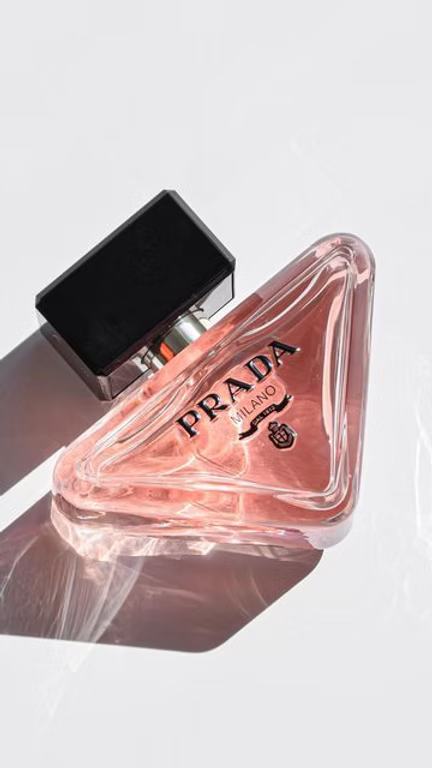
After thoroughly examining the goods, services, and signs, the General Court made its overall assessment. The goods and services were identical, and the signs displayed high to average visual and phonetic similarities. While the conceptual differences between ‘Prada’ and ‘Rada’ were noted, they were outweighed by the visual and phonetic similarities. The Court stated that for the conceptual differences to outweigh other similarities, one of the marks must have a clear and specific meaning for the relevant public. In this case, neither ‘Prada’ nor ‘Rada’ met this criterion. The General Court, therefore, rejected the single plea in law raised by the applicant and dismissed the case, affirming that the ‘RADA’ application could not be registered.
Therefore, The General Court’s judgment in the case of ‘Prada vs. Rada’ serves as a significant legal precedent in trademark law, emphasizing the importance of assessing the likelihood of confusion in detail. While the applicant argued that their products were distinct from those of Prada in terms of composition and packaging, the Court held that only the goods and services as described in the trademark application are relevant. In this particular case, the visual and phonetic similarities between ‘RADA’ and Prada’s ‘PRADA’ marks took precedence over the minor differences in font styles and additional elements. The conceptual comparison played a lesser role, as neither ‘Prada’ nor ‘Rada’ had clear conceptual meanings for the relevant public.
Ultimately, this judgment reiterates the significance of rigorous trademark examination to prevent confusion in the marketplace, safeguarding the integrity and distinctiveness of established brands like Prada. It serves as a reminder for companies and entrepreneurs to conduct thorough trademark searches and consider the broader context of trademark law when choosing and protecting their brand names.
